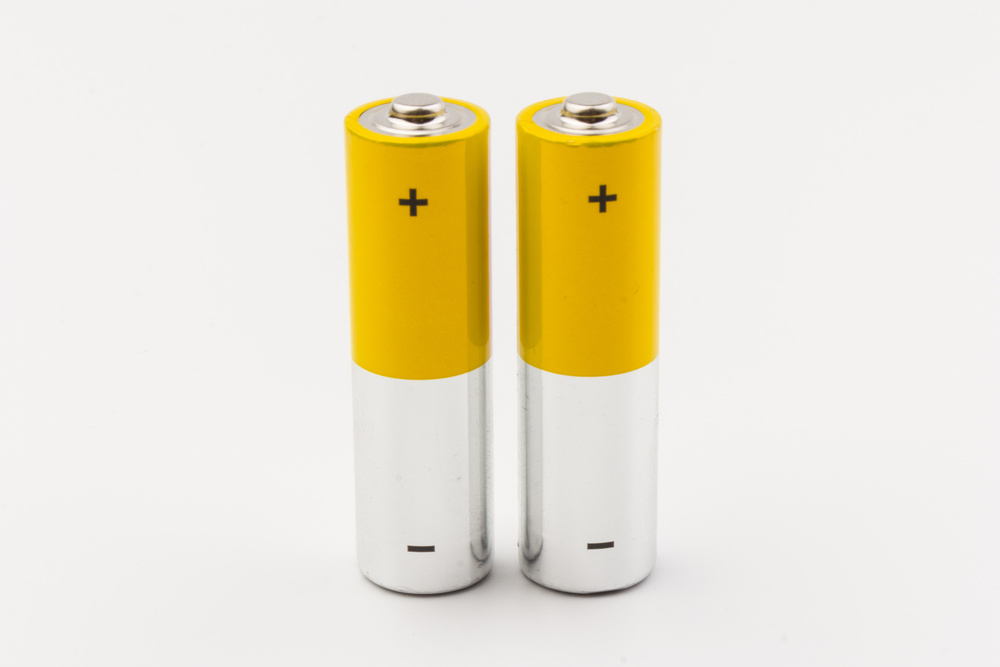Batteries in Toys – An Intertwined Duo
“You forgot the batteries!” A phrase that many of us might remember from the occasional Christmas Day in our childhoods. Batteries and toys are today as intricately linked as strawberries and cream or steak and fries. Household batteries – usually AA, AAA, and 9v types – have been one of the less exciting items on Christmas shopping lists. However, they are usually absolutely essential.
Kids toys are usually devices that require these household batteries to work. Because there are children everywhere, it is certainly a massive market. Furthermore, while batteries around the house might be put to more utilitarian functions like powering an alarm clock or a remote control, those that are constantly stocking up on household batteries are typically doing so to power their kid’s toys.
Accordingly, there has been a great economic incentive to develop batteries specifically for toys – or with traditional household batteries in mind. To take one example, there are the USB C rechargeable smart batteries, produced by the likes of Pale Blue Earth out of Park City, Utah, which resemble traditional alkaline batteries, but can hold more charge, recharge quicker, and report their status to the user. These have naturally been useful for those with kid’s toys to power, but this is far from the only technological development that has arisen on account of kids’ toys.
Batteries for Toys
Right now, one in five toys are battery-powered. And where powering toys is concerned, battery users typically seek those batteries that are longer lasting, provide a stable voltage and, most importantly of all, are safe to be used around kids.
Another reason why the development of toy batteries has been so energetic (pardon the pun) is that many of the things that make batteries better for use in toys also apply to those things that make batteries useful in other contexts as well. For example, improving battery life – so kids can play with their toys for longer – is also an advantage for all other household battery applications. Making batteries safer and preventing things like leakage is also a general benefit.
Safety
To return to perhaps the most important thing where kids are concerned, toy batteries have been becoming safer in recent years. One of the big no-no’s for battery care is to leave them in a device for an extended period. This can easily happen if kids do not use their battery-powered toys for a period. Moreover, given the attention spans of children and how easily they can get bored of toys when new ones come along, this can be a real issue.
You could of course simply remove the batteries when the device is not in use. But if a child has many toys in their room, it takes some careful observation to notice which ones are being played with all the time and which ones are languishing in the corner with the batteries still inside.
Thus, new household batteries are typically developed to prevent leakage for longer. Kids’ toys are not the only reason for this, but they are one of the big ones.
Rechargeable Batteries
Rechargeable batteries have been around for a long time, but it is only recently that they have become more efficient. The benefit of this is obvious – rechargeable batteries mean kids can keep playing with their toys for longer, while a toy ceasing to work doesn’t mean a trip to the store for new batteries. We might look again at the Pale Blue Earth batteries for an example of how this technology has developed.
Batteries and children’s toys are an intertwined duo, and this has been a significant reason for battery development.


Comments are closed.